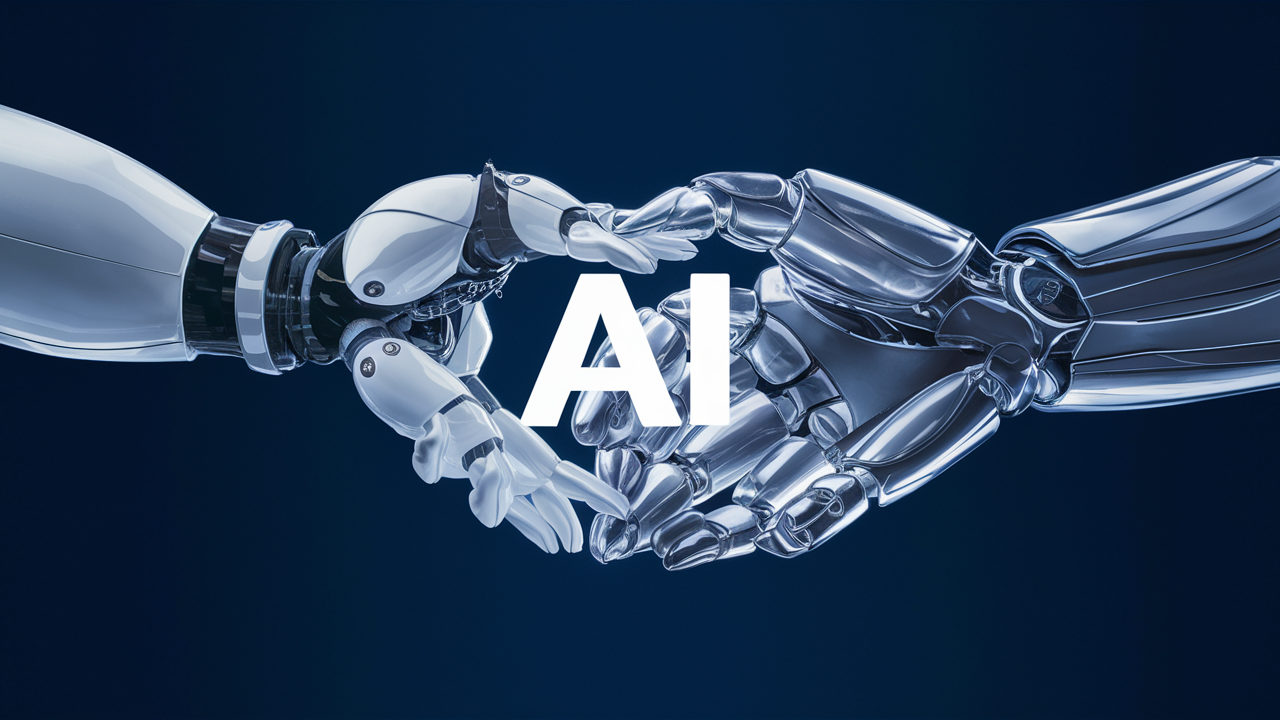TL;DR:
- AI systems are evolving to mimic emotional intelligence through advancements in natural language processing and machine learning.
- Empathy-focused AI can enhance industries like healthcare, customer service, and education.
- Challenges include ethical concerns and the limitations of AI in understanding human emotions.
- Responsible AI design ensures empathy remains a tool for collaboration rather than exploitation.
- The future lies in blending human emotional insight with AI-driven efficiency.
Understanding Empathy in AI
Empathy is the ability to understand and share the feelings of another. In the context of artificial intelligence, it translates to systems mimicking emotional intelligence to improve interaction with humans. While AI lacks emotions, advancements in natural language processing (NLP) and machine learning allow it to identify emotional cues like tone, word choice, and facial expressions. This capability enables AI-driven systems to respond in ways that feel emotionally intelligent.
How AI Mimics Emotional Intelligence
1. Emotion Analysis through NLP
NLP-powered tools allow AI to detect emotions in text and voice. For instance, AI in customer service can interpret frustration by analyzing a caller’s tone and language, enabling tailored responses.
2. Sentiment Recognition in Data
Sentiment analysis, a subset of NLP, lets AI evaluate written reviews, social media comments, and other forms of digital communication for positive or negative emotions. Companies use this data to understand consumer sentiment and improve products or services.
3. Personalized Interactions
AI-powered chatbots and virtual assistants leverage emotional cues to create more personal and supportive experiences. For example, a mental health bot can distinguish between a user’s calm and distressed states, offering appropriately empathetic advice.
The Role of Empathy and AI in Different Sectors
Healthcare
In healthcare, AI with empathy capabilities can support patients emotionally while also assisting clinicians. Virtual caregivers can provide companionship for elderly patients while monitoring their wellbeing. For instance, an AI assistant might ask, “How are you feeling today?” and adjust its support based on the patient’s tone or stated feelings.
Education
Educational AI tools can recognize when students express confusion or frustration, adapting lessons to their emotional state. By detecting emotional cues, AI tutors create more interactive and supportive learning environments.
Customer Service
Empathy-driven AI is transforming customer service by making conversations feel natural. Chatbots can acknowledge frustrations (“I understand this has been inconvenient”) before efficiently solving the issue, leaving consumers with a positive impression.
Challenges in Building Empathetic AI
1. Limited Understanding of Human Emotions
AI cannot truly feel emotions, limiting its ability to fully understand human experiences. It relies on patterns and probabilities to guess emotional states, which can lead to errors or oversights.
2. Ethical Concerns
There’s a fine line between using empathy to enhance experiences and manipulating emotions for profit. Responsible AI design ensures that empathy-driven systems respect user consent and boundaries.
3. Cultural Differences
Emotions are expressed differently across cultures, complicating how AI interprets them. To avoid miscommunication, AI systems must be trained on diverse datasets that include varied emotional expressions.
Practical Examples of Empathy and AI
Virtual Therapists: AI platforms like Woebot provide mental health support by emulating human-like conversational empathy. They help users manage stress, anxiety, and other emotional challenges.
AI-Powered CRM Tools: Customer relationship management tools, such as Salesforce’s Einstein, use sentiment analysis to identify customer moods and tailor outreach strategies.
Healthcare Monitoring: Elder care solutions like ElliQ use a combination of speech analysis and facial recognition to provide emotional support for aging individuals.
The Future of Empathy and AI
As AI evolves, so will its ability to simulate empathy. Researchers are exploring multimodal AI, which combines text, voice, and video inputs to better interpret emotions. Future systems will increasingly integrate human emotional insight with machine-driven precision, fostering collaboration between people and technology.
The key challenge lies in designing AI systems that enhance lives without replacing or exploiting human connections. By prioritizing ethical considerations and cultural understanding, we can build empathetic AI that supports human well-being.
Final Thoughts
Empathy and AI are no longer mutually exclusive. Although machines can never truly feel emotions, they are becoming adept at recognizing and responding to them. When used responsibly, these systems can augment human interactions in meaningful ways.
To move forward, we must focus on balancing the strengths of human and machine collaboration. The future of AI lies in empowering, not replacing, human emotional intelligence. Let’s embrace this potential to create a more connected and empathetic world.
What are your thoughts on empathy in AI? Leave a comment and join the conversation!



